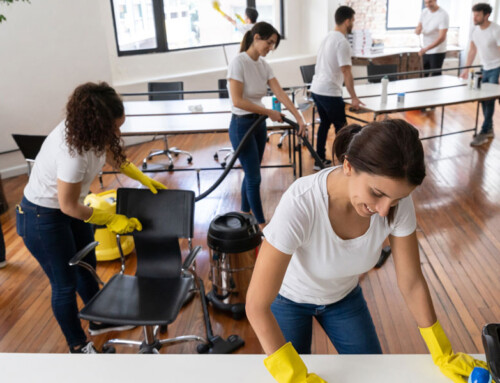Do Not Read Before Eating

While the United States has been suffering through a nasty flu epidemic, many of us might have missed what’s happening around the world. For instance, according to a report in British newspaper The Guardian, the United Kingdom has witnessed one of the worst outbreaks of norovirus in years with 1.1 million people contracting the disease. Sometimes called the stomach flu, this new strain of norovirus, known as GII 4 Sydney, has also been reported in France, New Zealand, Australia, and Japan.
The new strain was first detected in Australia in March 2012. From September 2012 to December 2012, it was the leading cause of outbreaks of the disease in the United States, according to the U.S. Centers for Disease Control and Prevention (CDC).
The CDC also has reported that about 21 million people contract norovirus each year, 70,000 are hospitalized, and about 800 die from norovirus complications. Because norovirus impacts so many people and—even more importantly—because effective, hygienic cleaning can slow if not eliminate the transfer of the virus from one person to another, it is worth our while to understand a little more about this disease, how it affects humans, and what the cleaning industry can do about it.
Norovirus is found in the vomit and stools of infected people. It can transfer to anything they touch if they have not properly washed their hands with warm water and soap. And once it spreads to a new host, it can come on with a vengeance. Within a day or so, norovirus essentially rewires the digestive system, triggering fairly serious bouts of diarrhea. It is estimated that each gram of feces from an infected person contains around five billion particles of norovirus bacteria.
It also induces vomit. In fact, some public health officials report the virus slows down the digestive system, allowing food to build up in the stomach. Then, using nerves as if they were telephone wires, the virus sends signals to the stomach, causing it to contract. When this happens, occasionally violent vomiting occurs, weakening the infected person, spreading the virus to other surfaces, and causing others to get sick.
Norovirus is especially troubling because it can survive on surfaces for a surprisingly long time. Droplets of the virus have been found to survive both freezing and high temperatures as well as the application of many chemical disinfectants. The disease has a tendency to peak in January, it is believed, because more people are inside and in close quarters during the winter. However, close quarters make the disease a serious problem any time of the year on cruise ships, airplanes, and even in hospitals where norovirus can spread as a hospital-acquired illness.
One of the few good things to say about norovirus, at least when compared to many other viruses, is that while it begins suddenly, it usually lasts only one to three days. Further, most people can recover without special treatments or hospitalization. However, those one to three days can be pretty nasty for those infected.
What to Do About It
There are steps we all can take to stop the spread of norovirus. First, proper hand washing—with soap and water, not just hand sanitizers—is one of the most effective ways to reduce contamination. If there are concerns about norovirus in a facility, building occupants should thoroughly wash their hands and use hand sanitizers. Think of sanitizers as an extra precautionary step.
There are no drugs available to treat norovirus specifically, and a vaccine that is being tested shows limited promise and has not been approved by the U.S. Food and Drug Administration. That leaves just a few options, but these options can play a pivotal role. This is where our industry can get involved.
Cleaning professionals are advised to take their own precautions such as always wearing gloves when working. Additionally, the CDC also advises cleaning nonporous and high-touch surfaces (e.g., door knobs, elevator buttons, etc.) with a chlorine bleach solution of 5 to 25 tablespoons to each gallon of water or other disinfectants registered as being effective against norovirus by the U.S. Environmental Protection Agency—or EPA.
Additionally, cleaning professionals can consider other options such as spray-and-vac or spray-and-squeegee systems to help prevent and possibly eliminate the spread of the virus. According to scientific studies using ATP-monitoring technology*, these systems are proven to remove contaminants and disease-causing germs and bacteria.
Norovirus is extremely contagious. A new strain seems to show up every two or three years, and we are experiencing a particularly robust strain this year. Cleaning professionals can play an important role in mitigating this problem. By taking these important steps to prepare for and prevent norovirus, informed cleaning professionals can help protect themselves and all building occupants.
*ATP stands for adenosine triphosphate. ATP rapid-monitoring systems can quickly indicate the presence of organic matter that may host harmful microorganisms on a variety of surfaces.

















